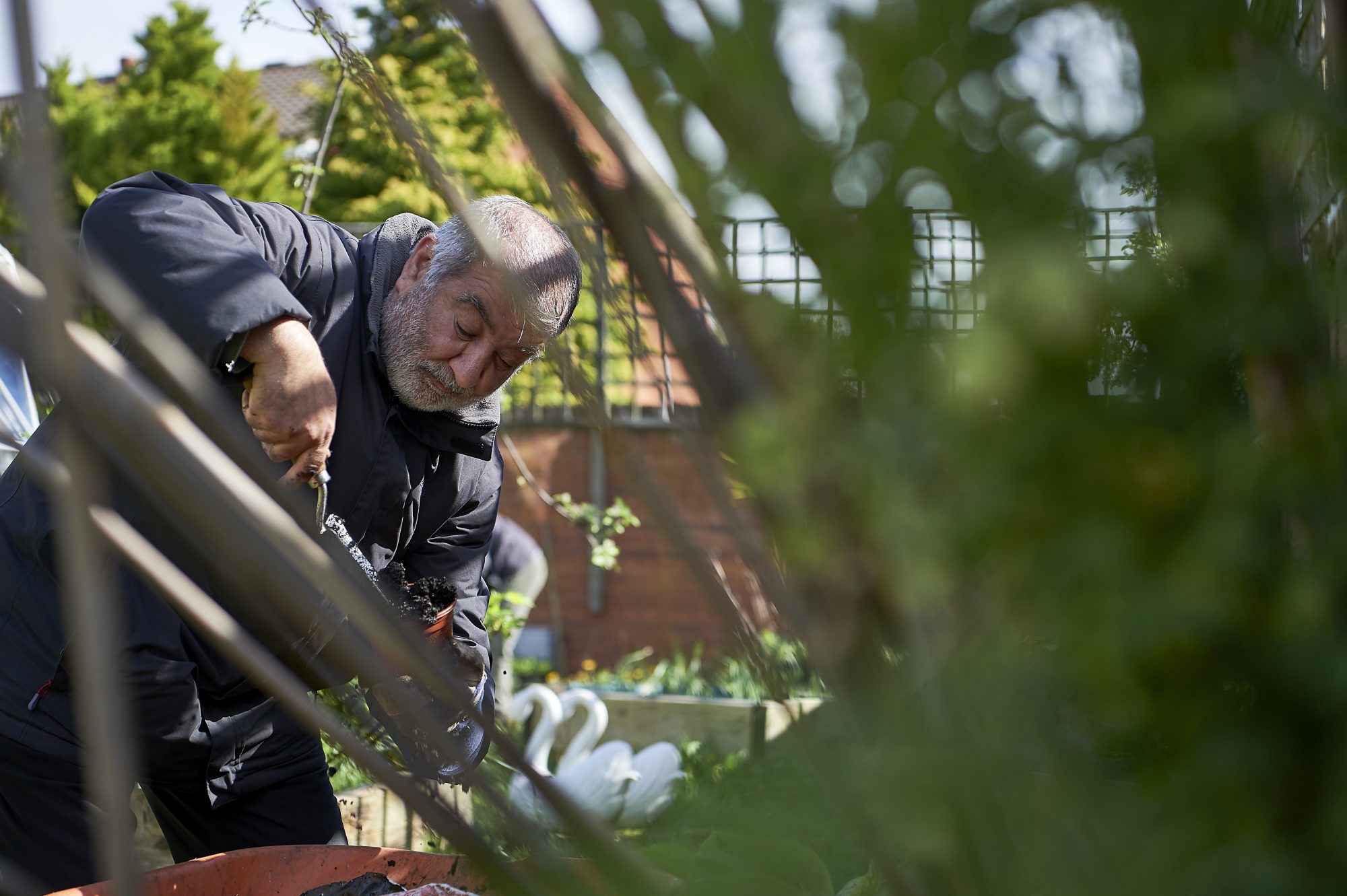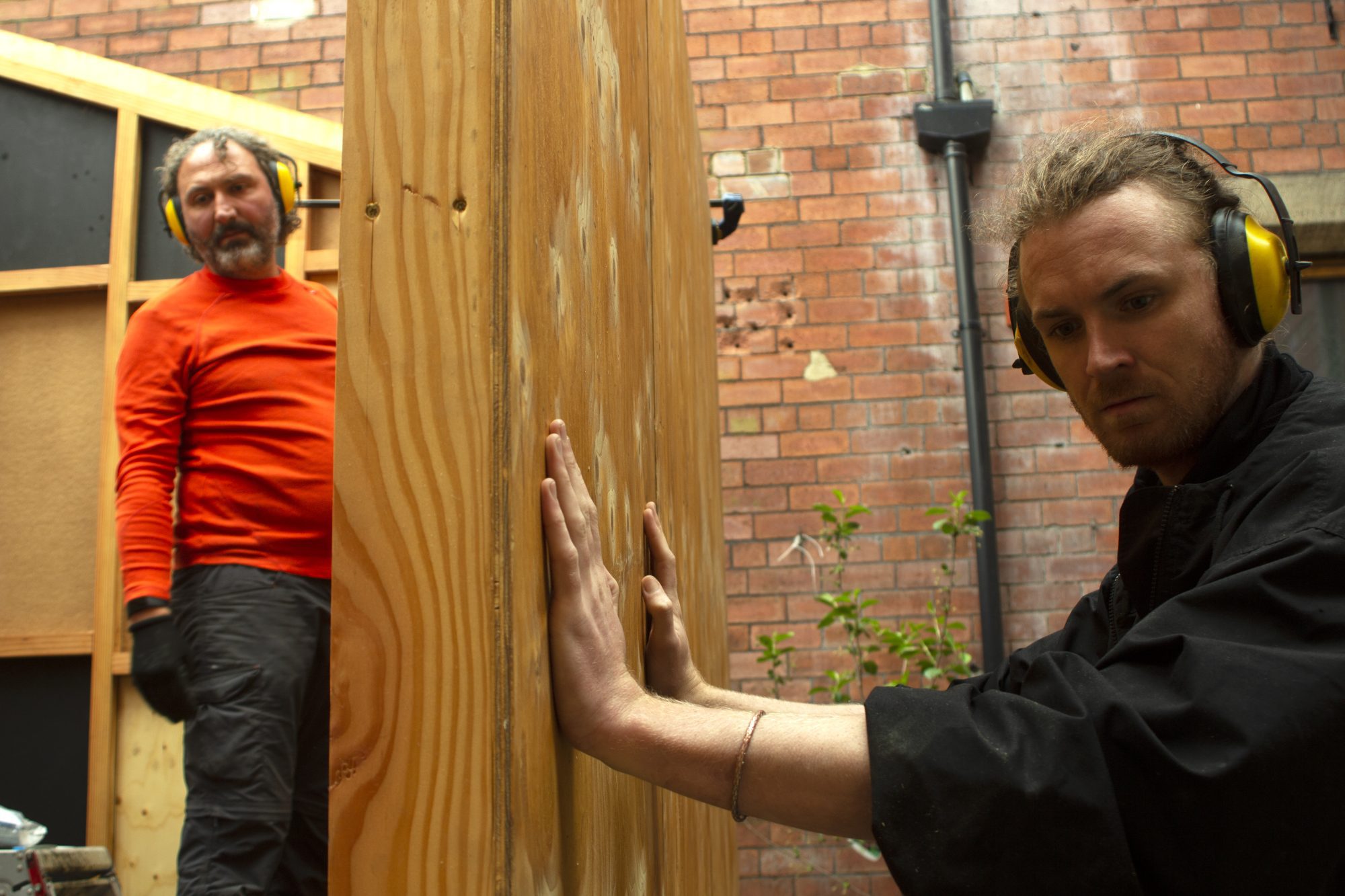
Jess Craig
Policy Manager
This article first appeared in The MJ on 7 March 2025.
This week, the Government announced its Plan for Neighbourhoods, a £1.5 billion, decade-long neighbourhood regeneration programme for 75 communities in the UK. The Plan is a successor to the Long-Term Plan for Towns, which Labour inherited from the previous government. Angela Rayner says the new approach aims to ‘draw a line’ under the levelling up agenda of her predecessors. Instead, it looks back to New Labour’s New Deal for Communities for inspiration.
A few years ago, I joined colleagues on a visit to Braunstone in Leicester as part of Power to Change’s work with the community there. Spotting a plaque on a wall, someone in our group lamented that such commemorations are often the last visible remnants of regeneration initiatives. While I’m sure this is sadly true for some places across the country, it’s not the case in Braunstone. The plaque in question recognises the New Deal for Communities and the £49.5 million invested in a ten-year regeneration programme for the Braunstone Estate.
The plaque is situated at the entrance of the Braunstone Health and Social Care Centre, one of the capital projects that was funded and built as part of the New Deal programme. It is now owned and managed by B-inspired, a community business that emerged from the New Deal for Communities. It leases the facilities to the NHS and Leicester City Council to deliver local health and social care services.
What can a plaque in Braunstone tell us about how to fund regeneration today? Not all New Deal communities saw significant improvements in their neighbourhoods. But 25 years later the impact can be seen and felt in many places. These communities set up successor organisations like B-inspired which have become trading community-run businesses. They run buildings and spaces built through regeneration funding, for community benefit, and reinvest the money they make in the local community.
While the Plan for Neighbourhoods is certainly not at the scale of the New Deal for Communities it can and should aim to emulate this success. Angela Rayner is right to want to break away from the competitive, fragmented funding pots of levelling up, which prioritised ‘shovel ready’ capital projects. Of course, improving physical assets and the way a place looks is important. But this approach feels out of sync with reality when many councils are selling off community assets they own but can no longer afford to manage.
Ensuring regeneration programmes result in long-term sustainability requires investing in communities and giving them the skills and confidence to run assets as thriving community businesses. This investment will repay itself many times over: in the social connections and trust people create in these spaces, the local people they employ and the money spent there that recirculates in the local economy.
The new Plan for Neighbourhoods prospectus suggests that Neighbourhood Boards, set up to develop investment plans, could opt to establish as a charity, community interest company or other ‘bottom-up organisation’. This seems like a sensible starting point if you want to build a sustainable legacy. A locally-run organisation can channel investment and manage assets long after the initial investment has been spent. But Neighbourhood Boards should also look to the existing community businesses and local organisations that are already deeply rooted in their communities.
The prospectus is also accompanied by a broad list of interventions that councils and Neighbourhood Boards can undertake without government approval. It includes regenerating town centres and high street spaces for community use, providing social prescribing services and community-level wellbeing initiatives, helping economically inactive people into work, and bringing communities together across social and cultural divides. These are things that local community businesses are already working on or are primed to do. The money can also be used to provide funding and support for community businesses and organisations in the social economy. Spending investment on and through these organisations can maximise opportunities for longevity.
If successful, in a decade’s time the majority of these 75 places will have even more community businesses running spaces where people get together, from cherished local heritage buildings to high street shops. They will be working in collaboration with the council to deliver opportunities for local people, and they will be part of a vibrant business community that keeps money local. Of course, not every one of these businesses will work out in the long run. But the communities that built them will become more resilient, and they can adapt and change to overcome setbacks they face.
And the legacy of this investment won’t just be a plaque on the wall – it’ll be visible all over the neighbourhood.



